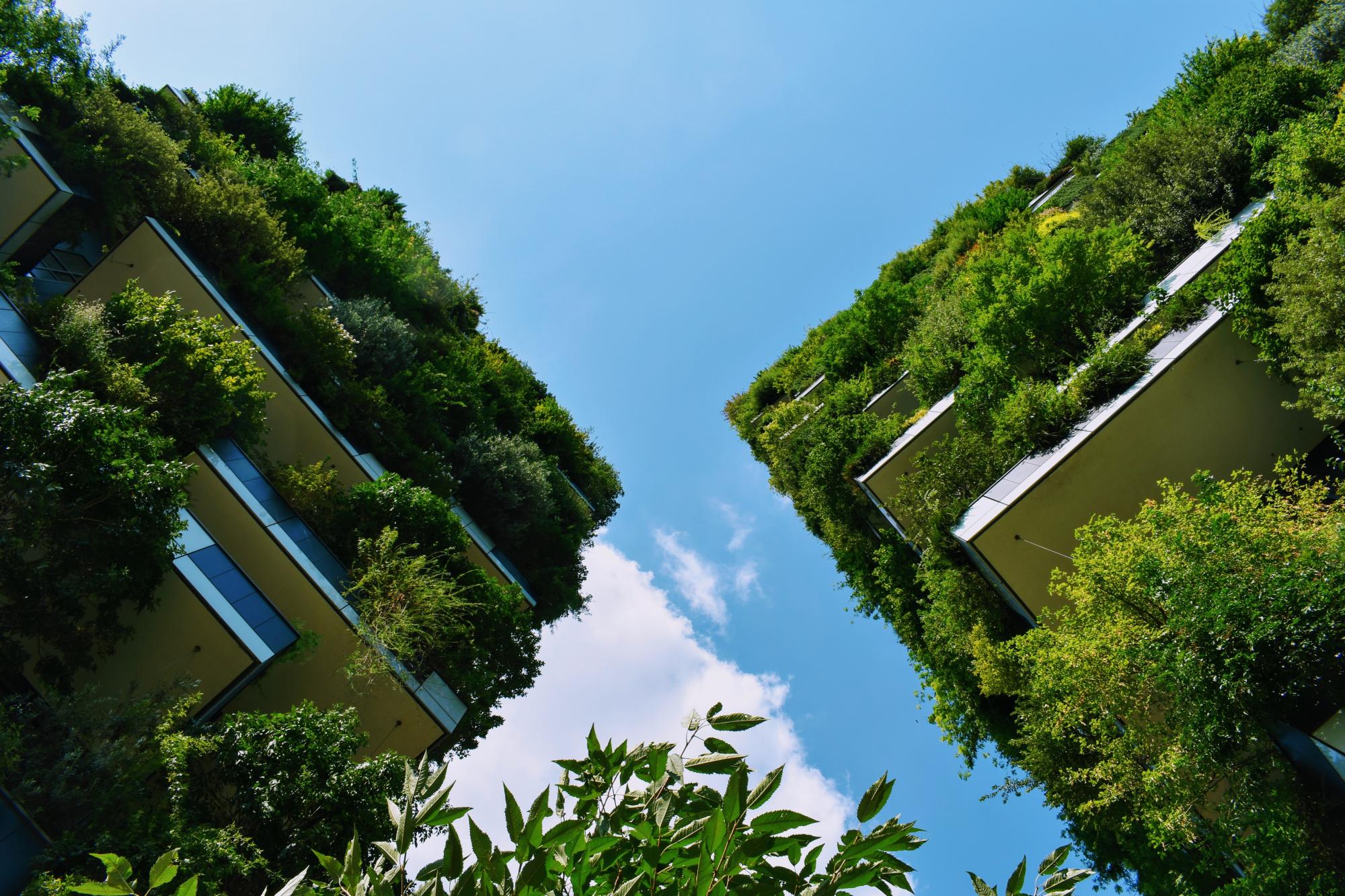In September 2011, a new eco-friendly student village ‘The Green’ opened to students at the University of Bradford. The new eco-village "The Green" has been designed to incorporate a range of features to enable students to live in a more sustainable way. It is part of a broader sustainability initiative by the University of Bradford called 'ecoversity' and its development is clustered around a pond, which is a part of a sustainable urban drainage system (SUDs). The Urban Pond/biodiversity pond – at The Green increases the biodiversity of the site. The site has been designed and landscaped with nature in mind, consisting of grassed areas, a wildflower border, shrubberies and native trees. (ref 3) The £30.4million development was the first multi-residential building in the UK - and one of only 15 buildings worldwide (ref 7).
Overview
Nature-based solution
- Grey infrastructure featuring greens
- Institutional green space
- Parks and urban forests
- Pocket parks/neighbourhood green spaces
- Community gardens and allotments
- Community gardens
- Blue infrastructure
- Lakes/ponds
- Green areas for water management
- Sustainable urban drainage systems
Key challenges
- Water management (SDG 6)
- Stormwater and rainfall management and storage
- Green space, habitats and biodiversity (SDG 15)
- Habitat and biodiversity conservation
- Green space creation and/or management
- Environmental quality
- Waste management
- Health and well-being (SDG 3)
- Creation of opportunities for recreation
- Sustainable consumption and production (SDG 12)
- Sustainable consumption
- Sustainable production
Focus
Project objectives
Implementation activities
Biodiversity conservation or restoration-focused activities
Biodiversity conservation:
- Protect and enhance urban habitats
- Create new habitats
Main beneficiaries
- Public sector institution (e.g. school or hospital)
- Other
Governance
Management set-up
- Led by non-government actors
Type of initiating organisation
- Researchers/university
Participatory approaches/ community involvement
- Unknown
Details on the roles of the organisations involved in the project
Project implemented in response to ...
Financing
Total cost
Source(s) of funding
- Corporate investment
Type of funding
- Direct funding (grants, subsidies, or self-financed projects by private entities)
Non-financial contribution
Impacts and Monitoring
Environmental impacts
- Environmental quality
- Improved waste management
- Water management and blue areas
- Improved stormwater management
- Green space and habitat
- Increased green space area
Economic impacts
- Increase in agricultural production (for profit or not)
Socio-cultural impacts
- Social justice and cohesion
- Improved access to urban green space
- Increased opportunities for social interaction
- Increased sustainability of agriculture practices
- Education
- Increased awareness of NBS and their benefits
Type of reported impacts
Presence of formal monitoring system
Presence of indicators used in reporting
Presence of monitoring/ evaluation reports
Availability of a web-based monitoring tool
References
2. GWP Architecture. nd. The Green. Accessed: Source link [Accessed 18 July 2020].
3. Pearson A. 2011. The Green, University of Bradford. Building4change. [Website not available]
4. University of Bradford. 2014. Green Welcome Pack. Accessed: Source link
5. University of Bradford. 2012. Ecoversity Highlights – 2011/2012. Accessed: Source link
6. Hanson Building Products. nd. Project Case Study: Sustainable Student Village. Accessed: Source link
7. Source link. 2020. The Green Bradford University | Stewart Milne Timber Systems. [online] Available at: <Source link [Accessed 18 July 2020].
8. BBC News. 2011. Eco-Friendly Student Homes Open. [online] Available at: <Source link [Accessed 18 July 2020].
9. Bradford Telegraph and Argus. 2014. University Of Bradford Campus Is One Of World’S Greenest. [online] Available at: <Source link [Accessed 18 July 2020].
10. University of Bradford. 2020. The Green - Accommodation - University Of Bradford. [online] Available at: <Source link [Accessed 18 July 2020].
11. University of Bradford. 2020. Accommodation - Coronavirus (COVID-19) - University Of Bradford. [online] Available at: <Source link [Accessed 18 July 2020].

